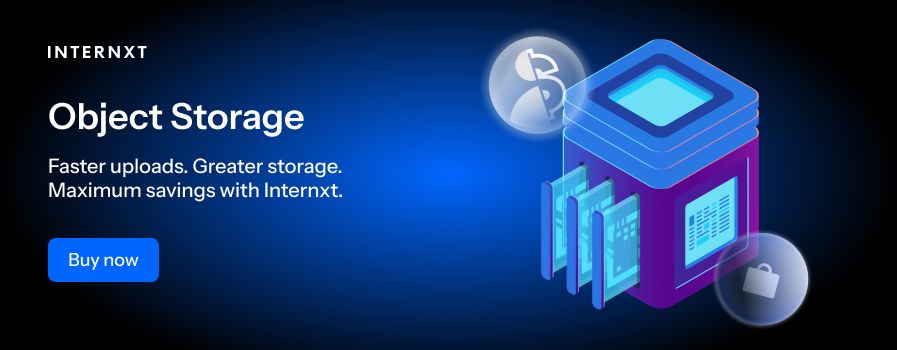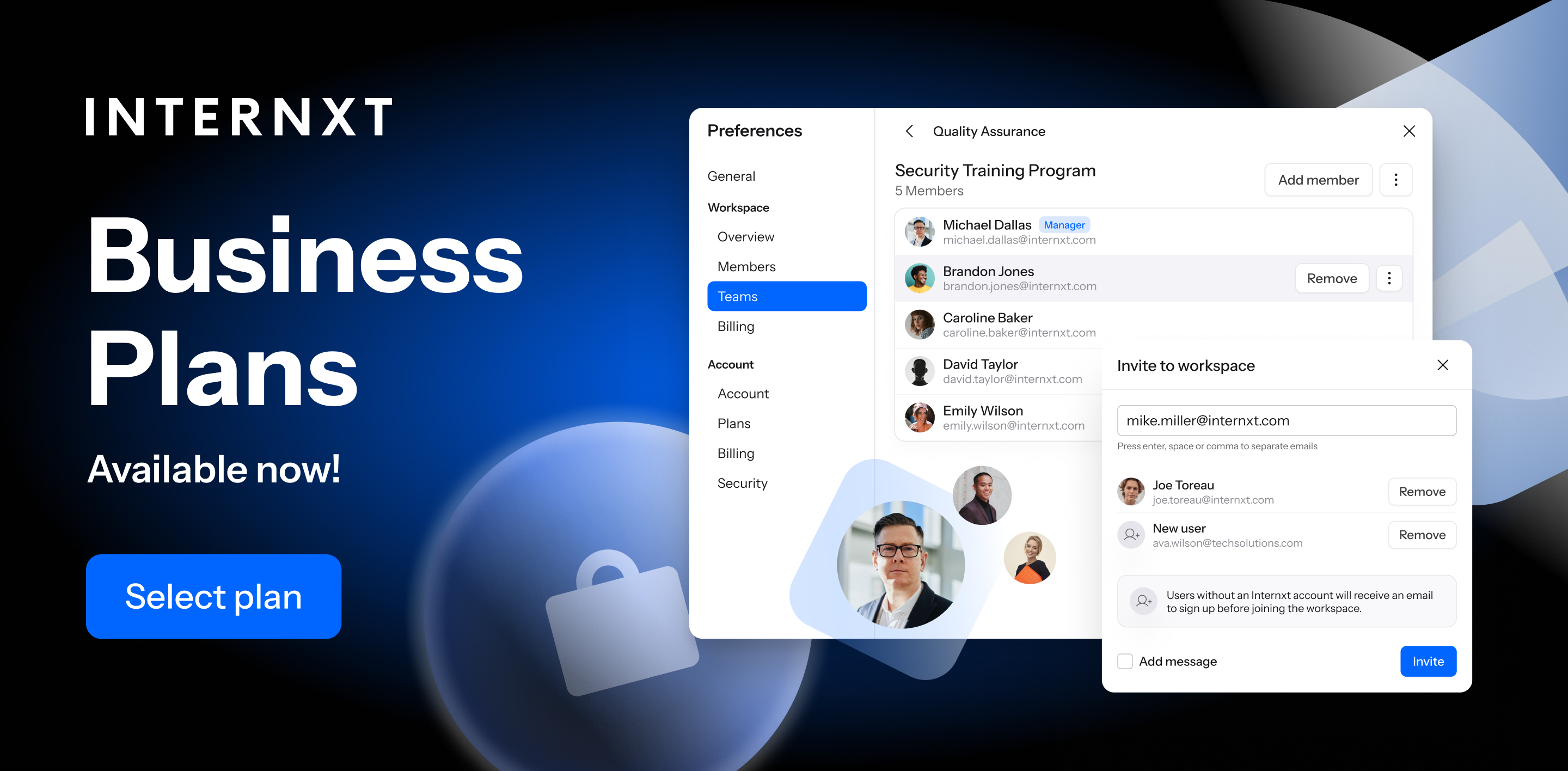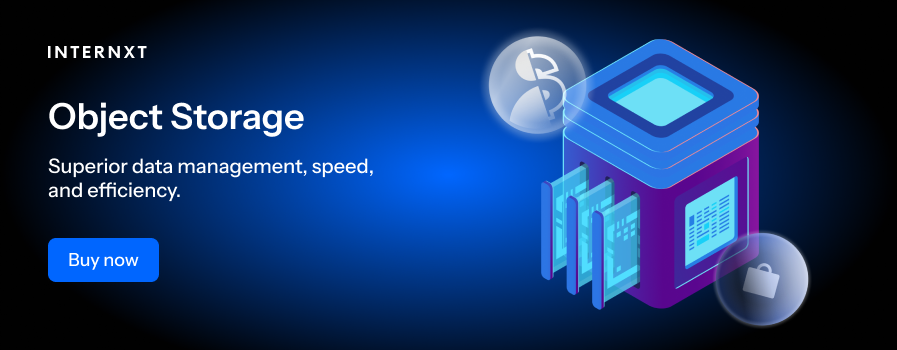12 Business Process Improvement Tools to Increase Productivity & Efficiency

No matter how well businesses run, team leads, or project managers are always searching for ways to run business operations faster and more efficiently. Even when projects and management plan effectively, processes can still become stuck, face delays, or data becomes disorganized.
To help prevent these situations from happening, many organizations are using business process improvement to help companies fine-tune their operations and achieve better business results by eliminating unnecessary tasks, reducing errors, and automating repetitive processes.
If you’re interested in finding out how BPI can help your business, we will take you on an in-depth journey about business process improvement, why it’s important, its role in different industries, and tools you can integrate into your business workflow to improve your organization’s performance.
What is business process improvement?
Business process improvement is a systematic approach to improving your organization’s workflow and performance with different business software, tools, and concepts.
BPI is one of the important components of business, as it can analyze, redesign, and refine the business process to streamline operations and deliver better outcomes.
However, it's important to note that BPI is not just about cutting costs; tasks shouldn’t drop in quality by compromising time. The focus of business process improvement is on adapting and evolving to create a more agile and effective organization that can evolve and meet changing market demands.
Next, we will look at how the components of business process improvement work.
Process analysis
The first step of BPI is identifying the need for change. To achieve this, you can conduct a process audit, which helps you understand and map current processes.
The audit report helps prioritize your areas for business improvement by reviewing how processes impact your organization, resources, and your stakeholders, employees, customers, partners, suppliers, etc.
By examining workflows, identifying redundant steps, and recognizing inefficiencies, businesses can pinpoint areas for improvement. Tools like process flowcharts or business process modeling can provide a clear picture of the current state.
Redesign and optimization
The next goal is to redesign the inefficiencies identified in the previous step and set realistic objectives for improvement. Analyzing the current process sets realistic improvement objectives for your team; from here, you should consider some of the following questions:
- What in the process is broken?
- Which steps in the process create roadblocks?
- Which step requires the most time to complete?
- Which step causes the most delays?
Once you have noted the important questions, you can redesign and improve your business process by eliminating unnecessary steps to enhance productivity.
Involve external parties and gain support
The third step in the business process improvement stage is to gain management and stakeholder commitment to your initiative so that it can have a practical impact, especially because of the time and resources needed to implement your changes effectively.

Monitor and improve
Even though you have identified, gained support, and made the necessary changes, the process still hasn’t finished. It may be your first time implementing BPI, so if nothing works perfectly it's to be expected. If steps are broken, identify why and how they should be improved, as well as the implications for your finances and resources.
Key performance indicators (KPIs) can help you track whether your improvements are delivering what you want, plus feedback from employees and customers can be another process to help your objectives improve further.
6 Benefits of business process improvement
Next we will take a look at the benefits of BPI for your company, employees, stakeholders to the final customer or user. Although there are many benefits to be had from business process improvement tools, here are seven that you can take automate your business workflow.
Increased Efficiency
One of the major benefits for companies is that BPI eliminates bottlenecks, redundancies, and unnecessary steps. When done correctly, the business process becomes faster and more efficient, saving time and resources. Employees who change to a new model can focus more on valuable tasks rather than outdated or inefficient systems.
As software is becoming crucial for teams as digital nomads and remote workers become more popular, its crucial that teams can work efficiently no matter where they are.
Cost Reduction
Business process improvement will also achieve financial advantages by reducing operating costs, eliminating waste, reducing errors, and minimizing the need to return and redo tasks. Optimized processes may sometimes reduce labor costs, with automated and workflow management leading to better use of staff and resources.
Enhanced quality
As employees become more accustomed to an optimized workflow, steps become more consistent, and outputs become higher quality. Depending on the product or service, improved processes will help reduce defects and improve product quality, positive customer reviews, and stronger business reputation.
Greater agility
BPI plus an agile environment will also ensure your organization can stay competitive in fast-changing industries and adjust to new trends and changes in the market.
Improved compliance and risk management
Another huge benefit of business process improvement is helping your business meet regulatory requirements and industry standards based on your industry and location. Well documented processes make audit reviews more straightforward, and can also save your business thousands by avoiding regulatory fines.
Better customer support experience
As the benefits of BPI become more streamlined, it will also reflect in a better customer experience and satisfaction. Any issues that may be documented can be viewed by a customer support team, who can respond faster to requests,resulting in a stronger relationship and higher customer retention.

Tools for Business Process Improvement Success
There are many business process improvement tools for businesses, you may not need all of them, and some can be used in conjunction with others. So, depending on your needs, you may not need all of the following, but there will be tools available that all businesses can use to improve their BPI.
Internxt Drive for business

Internxt Drive is an open-source, GDPR compliant cloud storage provider offering private cloud storage for businesses to collaborate, store, sync and backup files with maximum security.
Internxt Business cloud storage offers significant advantages for your business process improvement with features such as:
Improved collaboration: Your team is allocated the storage they need for up to 100 users, allowing them to share documents regardless of their location. This speeds up decision-making, security, and improves communication between departments for remote workers.
Scalability: with flexible storage plans, your company can adjust resources according to company growth or downsizing. Internxt also offers S3-comptabile object storage that is up to 80% cheaper than Microsoft, Azure and Google. You can get huge amounts of storage for €7/TB/month, with zero egress and ingress fees, perfect for large organizations.
Security:Internxt protects customer data with zero-knowledge encryption, meaning nobody can view or access your data. This differs from companies like Google, who hold the encryption keys, and can potentially decrypt and view the data your store.
Security: Internxt offers encryption that protects customer data with zero-knowledge encryption, meaning nobody can view or access your data. This differs from companies like Google, who hold the encryption keys, and can potentially decrypt and view the data your store.
Compliance: Internxt is a GDPR compliant cloud storage company, which allows your company to meet security audits and compliance laws that proves your company protects and handles data securely.
Better data access and insights: Cloud storage offers easy access to large volumes of data, enabling businesses to analyze and gain insights more quickly. This access aids in more informed decision-making and drives process improvements through data-driven strategies.
Account control: The account manager can allocate storage, add members and view activity onn the business platform to view projects, share between departments, and keep departments working smoothly together.

Internxt offers affordable monthly and annual business plans at the following prices:
Monthly Standard & Pro
- €6.99/1TB/10 users
- €8.99/2TB/100 users
Annual Standard & Pro: save up to 10%
- €79.99/1TB/10 users
- €99.99/2TB/100 users
By leveraging cloud storage for your team, businesses can create a more efficient, secure, and agile workflow that adapts to changing demands while minimizing risks and costs.
Six Sigma
Six Sigma began in the 80’s using data and statistical analysis to identify and minimize defects and variance in processes. The structured approach has five phases, (define, MEasure, Analyze, Improve, and Control, to achieve process improvements.
Lean
Lean is a tool focusing on eliminating waste during processes. In business process improvement, Lean helps identify inefficiencies, eliminate bottlenecks, and boost quality.
By focusing on reducing waste, businesses can deliver products or services faster and more cost-effectively. Lean also empowers employees to contribute to continuous improvements, fostering a culture of efficiency and innovation
Kaizen
Kaizen comes as a compound from Japanese words that, when translated together, mean “good change” or improvement. Rather than deploying large changes at once, Kaizen encourages smaller, incremental changes over time.
Kaizen uses all employees who work together to identify inefficiencies and suggesting ways to improve these processes so everyone can collaborate productively.
Business Process Management Software
BPM tools help improve the end to end business process. Tools like Monday.com provide a framework to visualize workflows, identify efficiences, assign tasks, set deadlines, and track progress in real time from a visual and customizable platform.
PDCA
PDCA gives businesses a structured framework to make incremental improvements by identifying inefficiences, testing new solutions, and refining processes over time with these four steps:
- Plan: Identify a problem or opportunity, then develop a plan to address it with specific actions or changes.
- Do: Implement the planned changes on a small scale or in a controlled environment.
- Check: Evaluate the results of the changes to see if they met the objectives.
- Act: Based on the evaluation, take action to either fully implement the change or make further adjustments, then repeat the cycle.
Value Stream Mapping
Value Stream Mapping (VSM) is another lean tool that documents every step in your workflow with flowcharts. VSM identifies waste, reduces process cycle times from the beginning of the process until it reaches the customer.
Total Quality Management
A comprehensive tool that focuses on improving the quality of products and services by involving all employees in continuous improvement efforts. It aims to meet customer needs through better processes.
Root cause analysis
A problem-solving tool used to identify the underlying causes of inefficiencies or defects. Once the root cause is found, corrective actions are implemented to prevent recurrence.
5S
A workplace organization tool that stands for Sort, Set in order, Shine, Standardize, and Sustain. It improves efficiency by creating a clean, orderly work environment that minimizes time wasted on unnecessary tasks.
Kanban
A visual tool used to manage workflows and track tasks. It helps businesses visualize work in progress, prioritize tasks, and balance workloads to prevent bottlenecks. Five steps to include Kanban into your business process improvement plan are:
- Visualising current workflow
- Applying Work-in-Process (WIP) limits
- Visualise work
- Managing and measuring flow
- Optimising iteratively with data
Scribe
A tool that automates the documentation of business processes. It allows users to record workflows step-by-step and automatically generate guides or training materials. Scribe helps streamline onboarding, process training, and standardization, ensuring consistent adherence to best practices across teams.
Conclusion
With these business process improvement tools, your organization can benefit from improved customer satisfaction, greater product quality and team efficiency.

Now you have the tools and best security practices available to get your business and team to work efficiently together with tools and concepts that will drive your business to even more success. For all your business needs, subscribe to Internxt Drive and help your business work smart, securely, with our encrypted services.

